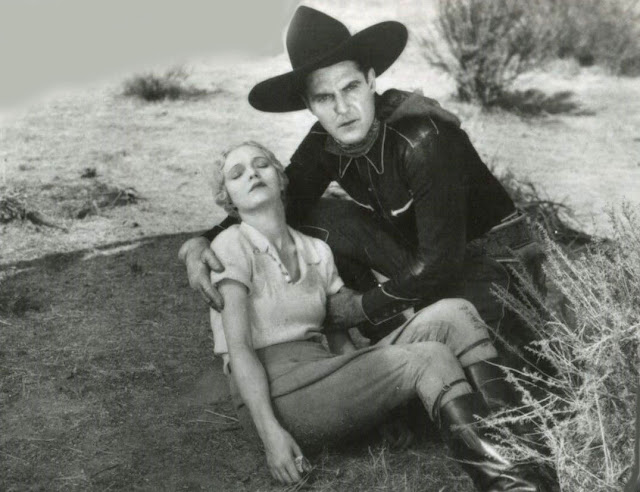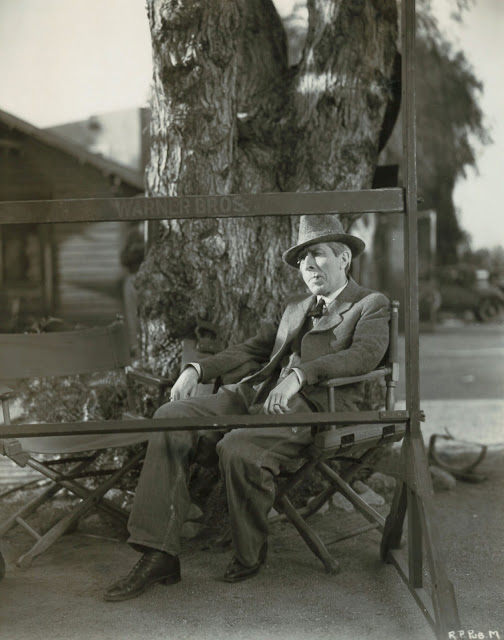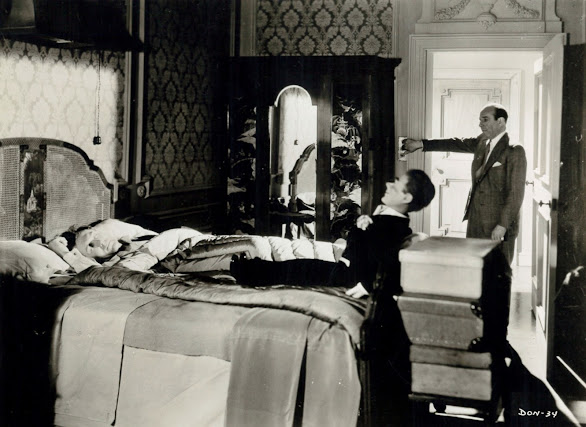Valentino Nearing The End
Rudy A Loser at Love in Cobra (1925)
Rudolph Valentino as apostle of gloom, just the way viewers in 1925 didn’t want him, so Cobra flopped, massively it’s said. This was an independent project for Rudy, but money wasn’t his, for he had little of that, being debt-ridden as was case for most of time he’d been a star. RV stood for extravagance we associate with idols of yore, buying antiquity on oversea jaunts like he was C.F. Kane, indulging expansive tastes of anchor wife Natasha Rambova. They were kaput by time Valentino did final few that were maybe his best, The Eagle and Son of the Sheik. UA chief Joe Schenck fronted costs for Falcon Lair just to cinch the deal (RV retreat and final address). Cobra and weaker ones before put Rudy’s boxoffice in hazard. He played against type and eschewed action plus smolder his legions liked. They’d been burnt on frankly peculiar stuff Rambova cooked up. She was perceived no good as creative mentor, and what misdirected him to wear a slave bracelet in homage to her? Was Rudy too henpecked, or merely polite, to balk?
What’s good about Cobra is low-key Valentino doing emotional scenes, plus humor, to belie nostril-flare of the first Sheik and parts of others where weak direction were more to blame than him. Rudy’s face is fuller in Cobra, oncoming maturity that reminds me of Ricardo Cortez by the mid-thirties. Seeing Cobra leaves little doubt of RV thriving at precode had fate spared him. Speech would have been no barrier, as he spoke four languages and had but mild, if pleasing, accent (more French than Italian, said some). What rescue there is of Cobra comes courtesy Valentino. The picture had been rushed due to another project flaking out (The Hooded Falcon, treatment by Rambova, and over $100K blown w/o one scene shot). Art direction by William Cameron Menzies is another plus. Cobra if nothing else is polished in best sense of silents reaching technical apex before takeover of sound. There is an Image DVD from years back, derived off prime elements. A Blu-Ray or HD stream of Cobra could do wonders.























































